In an era where technology is transforming every aspect of our lives, artificial intelligence (AI) has stepped into the limelight, especially in the realm of website development. AI tools are not merely assisting in simplifying complex tasks; they are redefining creativity and efficiency, allowing users to craft the websites of their dreams with unprecedented ease. Among these innovative tools, Divi AI and ChatGPT stand out as two of the most formidable players in the market. This article will provide an in-depth comparison of these tools, exploring their features, strengths, and weaknesses, ultimately guiding you toward making an informed choice for your website development needs.
Understanding the Basics: What Are Divi AI and ChatGPT?
Before we dive deep into the nitty-gritty, let’s take a moment to understand what Divi AI and ChatGPT are.
Divi AI: Your Visual Builder Sidekick
Divi AI is an intelligent assistant embedded within the Divi Visual Builder, a powerful and popular WordPress theme and website builder. This AI tool aims to enhance the website development process by facilitating various tasks, such as content generation, image creation, and code generation. It acts like a creative companion that helps users, ranging from novice web designers to seasoned developers, to streamline their workflow and elevate their website’s aesthetics.
Key Features of Divi AI:
- Image Creation and Generation:
- Divi AI allows users to generate images tailored to their website’s theme and style. With a few clicks, it can produce stunning visuals, including photographs, digital art, and even animations.
- Context-Aware Content Generation:
- One of Divi Text AI's standout features is its ability to generate text and content that is contextually relevant to the specific page or section of the website being worked on. This ensures that the content is not only high-quality but also on-brand and aligned with the overall website goals.
- Code Generation:
- For more technical users, Divi Code AI can generate custom HTML, CSS, and JavaScript code tailored to specific design needs within the Divi ecosystem, providing an added layer of functionality to the site-building process.
- Integration within the Divi Ecosystem:
- Divi AI works seamlessly within the Divi Visual Builder, offering a cohesive and user-friendly experience where users can create and modify websites without the need for switching between multiple applications or platforms.
ChatGPT: The Conversational Wizard

Key Features of ChatGPT:
- Natural Language Processing:
- ChatGPT excels at understanding user inputs in natural language and responding in a conversational manner, making it a great choice for applications where human-like interaction is desired.
- Versatile Text Generation:
- From generating scripts and reports to creating blog posts and marketing content, ChatGPT can produce a wide variety of text-based content on demand.
- Multiple Domains and Use Cases:
- Unlike Divi AI, which is specifically tailored for website development, ChatGPT is a generalist that can adapt to numerous contexts, making it valuable for users across various industries.
- Dynamic Learning and Interaction:
- ChatGPT’s ability to learn and adapt from previous interactions allows it to generate increasingly relevant responses, enabling a more personalized user experience over time.
A Closer Look: Image Generation Capabilities
Divi Image AI Generation:
Divi AI has positioned itself as a powerhouse in image generation directly tied to the website-building process. It operates almost like having a dedicated graphic designer in your toolkit. Here’s what makes it stand out:
- Seamless Integration:
The image generation tool is fully integrated within the Divi Visual Builder, allowing users to create and customize visuals while simultaneously designing their websites. Users can create various types of images—be it background graphics or specific icons—keeping consistency throughout their project. - Quality and Uniqueness:
Divi utilizes sophisticated algorithms to create images that are not only unique but also tailored to the specific mood and theme of the website. Unlike generic stock images, the visuals generated reflect the user’s specific needs, ensuring a more cohesive look. - Refinement Capabilities:
Beyond just creating images, Divi AI can also enhance and refine existing visuals, providing users with the tools necessary to edit images as needed, making adjustments that can improve the overall aesthetic of the site.
ChatGPT’s Image Generation:
ChatGPT does not specialize in image generation in its free version. However, in its paid subscription (ChatGPT Plus), new features allow for complex integrations. Here’s a breakdown of ChatGPT’s approach to visuals:
- Textual Descriptions:
While ChatGPT cannot create images directly, it can assist users in generating rich descriptions and ideas for visual content. For instance, if a user wants to create a specific graphic, ChatGPT can help outline the elements that should be included based on the user’s vision and goals. - Supplementary Tasks:
Users can leverage ChatGPT’s capability to brainstorm ideas for images or graphics. It can suggest themes, color palettes, and other design elements that would complement the textual content, thus aiding in the overall design process. - Multimedia Integration:
If a user opts for the paid version, ChatGPT has the potential to work alongside image generation tools, providing contextually relevant visuals to text generated through natural language queries.
The Verdict: Who Wins in Image Generation?

In contrast, ChatGPT provides valuable support in idea generation and conceptualizing visuals. Its strengths lie in generating textual descriptions and brainstorming elements rather than producing graphic content directly. However, if you require a flexible tool that can work on diverse projects beyond mere website development, it remains a strong contender.
Copy and Content Generation: The Pen is Mightier Than the Sword
Divi AI’s Content Generation:
When it comes to creating website copy, Divi shines brightly. Here’s why:
- Website-Specific Context:
Divi intuitively understands the context of the website it’s working on. This means it can create titles, headers, and main text that align perfectly with the specific page’s goals and theme. For instance, if you’re creating a landing page for a cooking class, Divi AI will generate inviting calls-to-action and descriptions that resonate well with the audience. - Enhanced Content Creation:
Users can produce a range of content types, including blog posts, product descriptions, and marketing copy. It bolsters creativity by suggesting variations and enhancements to existing text, enabling users to refine their voice and maintain brand consistency. - User-Friendly Input:
Writing new content becomes a simple task. Users can input prompts or keywords, and Divi will generate high-quality text, minimizing time spent on content creation and allowing them to focus on the strategic aspects of their website.
ChatGPT’s Content Generation:
 While It does not specifically target web development contexts, its language generation capabilities are remarkable:
While It does not specifically target web development contexts, its language generation capabilities are remarkable:
- Diverse Writing Styles:
ChatGPT can produce content in a variety of tones and styles, accommodating different audiences and use cases. From formal business writing to casual blog posts, it adapts easily to meet diverse requirements. - Rich Ideation and Brainstorming:
It excels at generating ideas, making it an essential tool during the brainstorming phase of content creation. If users are stuck on what to write next, they can ask for themes, topics, or even outlines. - Enhanced User Engagement:
ChatGPT is steadily developing more sophisticated language understanding. Users interact with it like they would a human collaborator, leading to outputs that feel more natural and relatable. This makes it especially useful for applications like chatbots or social media content, where engagement is key.
The Verdict: Who Wins in Content Generation?
In terms of generating website-specific copy, Divi has the upper hand, given its context-aware capabilities and seamless integration into the website-building process. It allows users to generate specific, on-brand content that aligns perfectly with their design efforts.
On the flip side, ChatGPT excels at versatility and creativity in language, making it a profound tool for users who need rich, diverse writing that goes beyond website constraints. If your focus is broader content creation or diverse communication needs,
Workflow and Collaboration: Partnering for Success
Divi AI: A Collaborative Design Partner
The collaboration aspect of Div is another strong selling point:
- Streamlined Processes:
Divi allows for seamless integration of design and content creation within the same platform. Users can visually edit while simultaneously creating content, making it an efficient option for busy developers and designers. - Unlimited Creative Options:
Divi encourages creativity by providing unlimited options for text and image generation. Users can churn out variations without exhausting their resources, enhancing adaptability during the creative process. - Comprehensive Support:
Because it is embedded in the Divi Visual Builder, it responds to project-specific needs, ensuring that generated content meshes well with the overall design strategy. It's almost like having a whole team of creatives on staff!
ChatGPT: The Agile Ideation Partner
ChatGPT contributes in unique ways when it comes to collaborative efforts and brainstorming:
- Documenting Ideas:
Users can have interactive conversations with ChatGPT, allowing for the documentation and development of ideas over time. This flexibility makes it easier to revisit previous sessions and expand on concepts as they evolve. - Human-like Interaction:
Because ChatGPT mimics natural conversation, it creates an engaging environment for teamwork, where users feel comfortable bouncing ideas off the AI and exploring new paths of thought without the fear of judgment. - Broad Applicability:
ChatGPT can assist with brainstorming sessions, project planning, or drafting various forms of written content. Its strength lies in helping teams ideate across multiple stages of a project, regardless of the specific domain.
The Verdict: Who Takes the Prize in Collaboration?

ChatGPT, however, brings an agile and engaging collaboration to the table, offering tools for brainstorming, ideation, and creative writing that transcend the limitations of website design. If your projects extend beyond single-platform requirements, ChatGPT’s transferable skills may make it more useful.
Future Developments and Roadmaps: What’s Next?
Future Plans
Divi AI has ambitious plans moving forward:
- Full Layout Generation:
Users can look forward to a future where they can generate entire website layouts with simple commands. This enhancement promises to make the website creation process even more efficient, allowing for speedy setups that maintain high design standards. - Built-in Image Editing:
Upcoming features will include tools for direct image editing within the builder. Users could adjust image sizes, and make alterations, bringing more customization options directly into their design workflow. - Enhanced Prompt Libraries:
The introduction of a prompt library will enable users to save frequently used commands for quick reference, streamlining the content and image creation processes.
ChatGPT’s Ongoing Evolution
The team behind ChatGPT is committed to continual improvement:
- Innovation in Language Model:
OpenAI is focused on enhancing the underlying language model, which may lead to increases in understood nuances, improved coherency in long-form content, and even better integration with various media forms. - Extended Capabilities:
As AI progresses, it will be interesting to see if it can introduce more specialized tools that could improve its integration with platforms like website builders, allowing for more holistic content creation experiences.
Conclusion: Deciding on the Right Tool for You
The landscape of AI-powered tools for website development is evolving rapidly, and understanding the nuances of each option is crucial for making the best choice for your needs. If you find yourself needing a dedicated, cohesive solution for website creation, Divi AI is the clear winner. Its seamless integration, specialized features for web development, and focus on visual content generation ensure it stands out.
Conversely, if you’re looking for a versatile tool for text generation, ideation, and broader creative input that can easily adapt to different contexts, ChatGPT is a fantastic ally. Its strength lies in language adaptability and its ability to engage users dynamically through conversation.
Both tools harbor promising futures, with developments that may enhance their functionalities even further. Your choice ultimately hinges on the specific nature of your projects—whether you prioritize specialized website creation tools or wider-ranging language capabilities. Embrace these innovations, and empower your digital creativity with the right AI tool at your side!
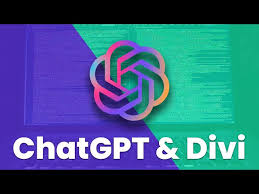
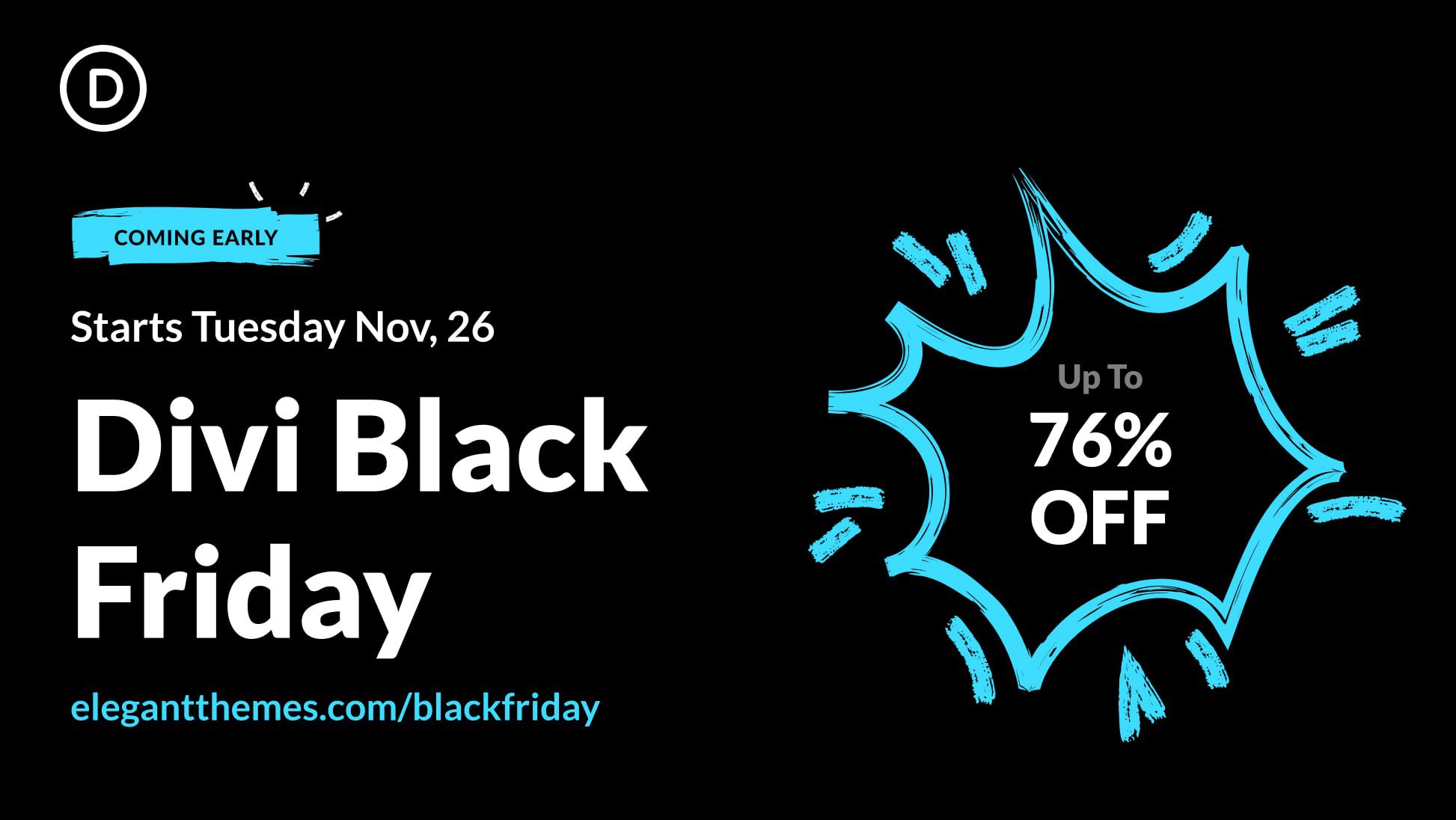
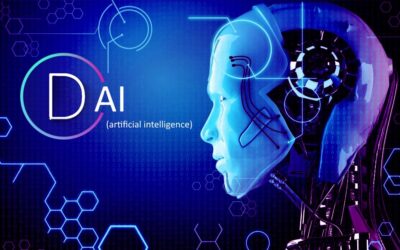
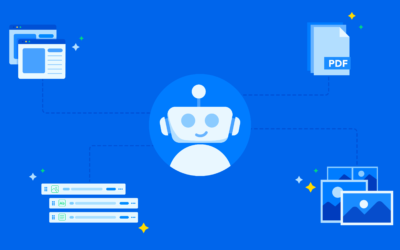
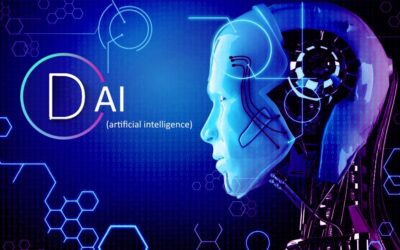
0 Comments